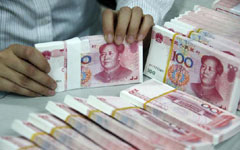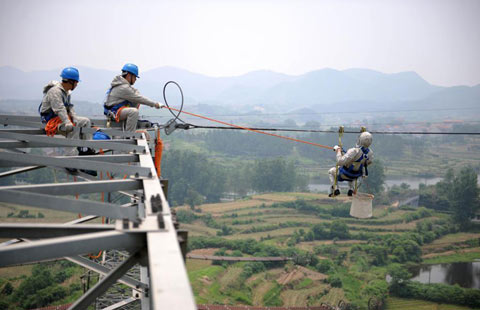Targeted easing the first step to aid economy
By Xin Zhiming (chinadaily.com.cn) Updated: 2014-06-03 14:38State Council on Friday announced that it would cut reserve requirement ratio for banks that lend to the agricultural sector and small enterprises.
The move is taken as part of the central authorities' attempt to stimulate the slowing economy and prevent it from sliding further after registering a rarely low 7.4 percent year-on-year GDP growth in the first quarter.
 |
 |
Together with the easing measures in April, the latest cut in the proportion of money banks are required to hold as reserves is expected to unleash about 300 billion yuan ($48 billion) into the financial markets.
It is a boost, but not a big one. It is but a minnow compared with the scale of either China's financial market or economy.
It is, therefore, more of a testimony of the central authorities' concern about the state of the economy and their willingness to prepare for taking more easing measures if things get worse.
Even for farmers and small enterprises, however, the help the cut in the reserve requirement ratio can provide will be limited. Although it will increase bank capital available for lending to those enterprises, whether those enterprises can have real access to the lending remains questionable.
Failure of farmers and small enterprises to have adequate access to bank lending has long been a problem in China. It is primarily not because banks and financial institutions do not have enough capital, but rather, they are not willing to make the lending.
Why?
- Huawei's Kirin 920 to shake global chip market?
- China to log food company conduct
- China's mixed ownership reform advances against headwinds
- Flexible financing turns Mercedes dream into a reality
- Test drive on China's ancient trade routes with Rolls-Royce
- Bumpy start for plan to regulate taxi-calling apps
- CMB reveals credit to financial leasing companies
- Beijing car plate 'yin and yang'

















